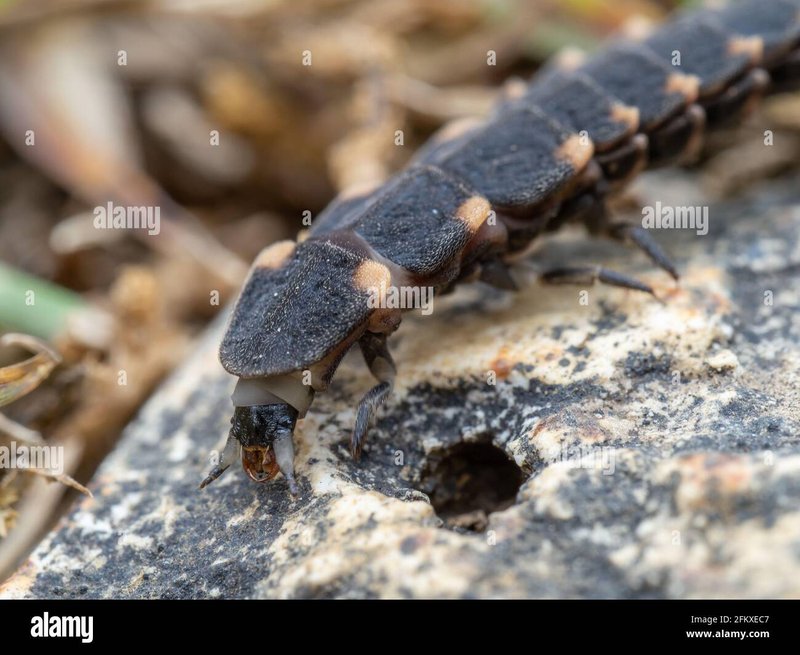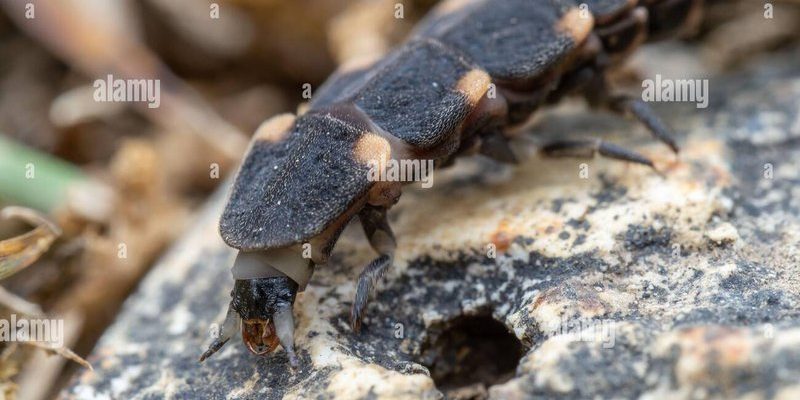
Imagine the life of a glow worm as a journey. It begins in the shadows of caves or forests, with larvae hanging out in their cozy webs, waiting for a meal to pass by. When they finally transition into adults, it’s as if they’ve put on a brand new outfit and decided to venture out into the world. In this article, we’re going to break down the life stage differences, focusing on the glow worm larvae and adults to understand how they thrive at different points in their lifecycle.
The Life Cycle of Glow Worms
Understanding the differences between glow worm larvae and adults requires a peek into their life cycle. Glow worms, which are actually the larvae of a specific type of beetle, go through several stages before they become full-grown.
1. Egg Stage: The life of a glow worm begins when the female lays her eggs on a suitable surface like rocks or tree bark. Each egg is tiny and takes about two weeks to hatch.
2. Larval Stage: Once the eggs hatch, the larvae emerge, ready to eat and grow. This stage lasts from several months to a year, depending on environmental factors.
3. Pupal Stage: After growing, larvae enter the pupal stage, where they undergo transformation. This is a critical phase where the larvae prepare to become adults.
4. Adult Stage: Finally, the adults emerge, ready to live their brief lives as glowing beetles.
Understanding this cycle helps highlight the dramatic changes glow worms experience, both in behavior and appearance.
Appearance: Glow Worm Larvae vs. Adults
When you first spot a glow worm, it’s usually the larvae that catch your eye. These little guys are often found clinging to the walls of caves or nestled among leaves, with their bright bioluminescent glow attracting unsuspecting prey.
– Larvae: Glow worm larvae are generally around 1 inch long and have a soft, elongated body. The glowing light they emit comes from specialized organs in their bodies and is used to lure in food, primarily small insects. They’re often covered in silk threads, which they use to create sticky webs to catch their meals.
– Adults: Once they transform into adults, glow worms look like small, brown beetles. They lose their glow and are significantly more robust in shape. Adult glow worms, or *Lampyridae*, typically have wings and can fly, but they do not eat—having a very short adult life to reproduce.
The transformation from a glowing larva to a non-glowing adult is one of nature’s remarkable shifts, illustrating the different survival tactics of these two life stages.
Habitat Preferences
Glow worms have specific habitat preferences that differ between their larvae and adult stages. Understanding where they choose to live can help you appreciate their unique lifestyles better.
– Larvae: Glow worm larvae thrive in damp, dark environments like caves or forests, where moisture is abundant. The darkness is essential for their glowing ability to work effectively to attract prey. They often create silk webs near the entrances of caves, which act as traps.
– Adults: Once they reach adulthood, glow worms are more likely to be found in open, light areas where they can fly and mate. They typically reside in nearby vegetation or enter into a more open habitat for the short window they have to reproduce.
This difference in habitat highlights how their needs change dramatically from larvae to adult stages as they adapt to new roles in their life cycle.
Diet: What Do They Eat?
Another crucial difference between glow worm larvae and adults is their diet. Food plays a significant role in their survival and development.
– Larvae: Glow worm larvae are fierce little predators. They primarily feed on small insects that get caught in their sticky silk webs. Their bioluminescent glow helps attract these insects, making it easier for them to hunt. In a way, you might think of them as tiny, glowing fishermen, using their “lights” to lure in dinner.
– Adults: Adult glow worms, on the other hand, don’t eat at all. They emerge mainly to reproduce, and their life cycle is so brief that they don’t have time to eat. This is slightly ironic, considering the vibrant glow of their earlier life stage—once they become adults, they trade in their glowing allure for short-lived, but crucial, mating opportunities.
This shift from hunter to non-hunter emphasizes how different life stages focus on different needs and survival strategies.
Behavioral Changes Over Life Stages
Behaviorally, glow worm larvae and adults exhibit striking differences. These behavioral changes are essential for their survival and reproductive success.
– Larvae: In their larval stage, glow worms are mostly sedentary, patiently waiting for prey to wander into their webs. This laid-back lifestyle allows them to conserve energy while they grow. Their glowing light serves a dual purpose: attracting food and communicating with other larvae.
– Adults: Adult glow worms are active in a completely different way. Their primary focus is finding a mate. Often, females emit pheromones to attract males, facilitating the mating process. Once mating occurs, adults usually die shortly after, which highlights the urgency in their behavior.
This shift from a patient predator to an active reproducer shows nature’s clever design for survival and propagation.
Conservation and Importance of Glow Worms
Glow worms play an essential role in their ecosystems, so understanding their life stages helps appreciate their value.
– Ecosystem Role: Larvae help control insect populations by preying on small insects, while adults contribute to the food chain by serving as prey for birds and other wildlife.
– Indicators of Healthy Environments: The presence of glow worms can indicate a healthy ecosystem, as they thrive in clean, unpolluted areas. Their glow might just be a sign that the environment around us is doing well.
However, habitat destruction and pollution pose threats to their populations. Raising awareness about the significance of glow worms can help foster conservation efforts designed to protect them.
So, there you have it! The fascinating differences between glow worm larvae and adults offer a peek into the wonders of life cycles in nature. From glowing hunters to winged adventurers, these magical creatures remind us of the beauty and complexity of life. Whether you’re fortunate enough to witness their enchanting glow in a dark cave or simply appreciate their presence through stories, glow worms are truly remarkable. Next time you think of these tiny wonders, take a moment to consider the journey they take from larvae to adults, and how it reflects a more significant story of survival and transformation in the natural world.

